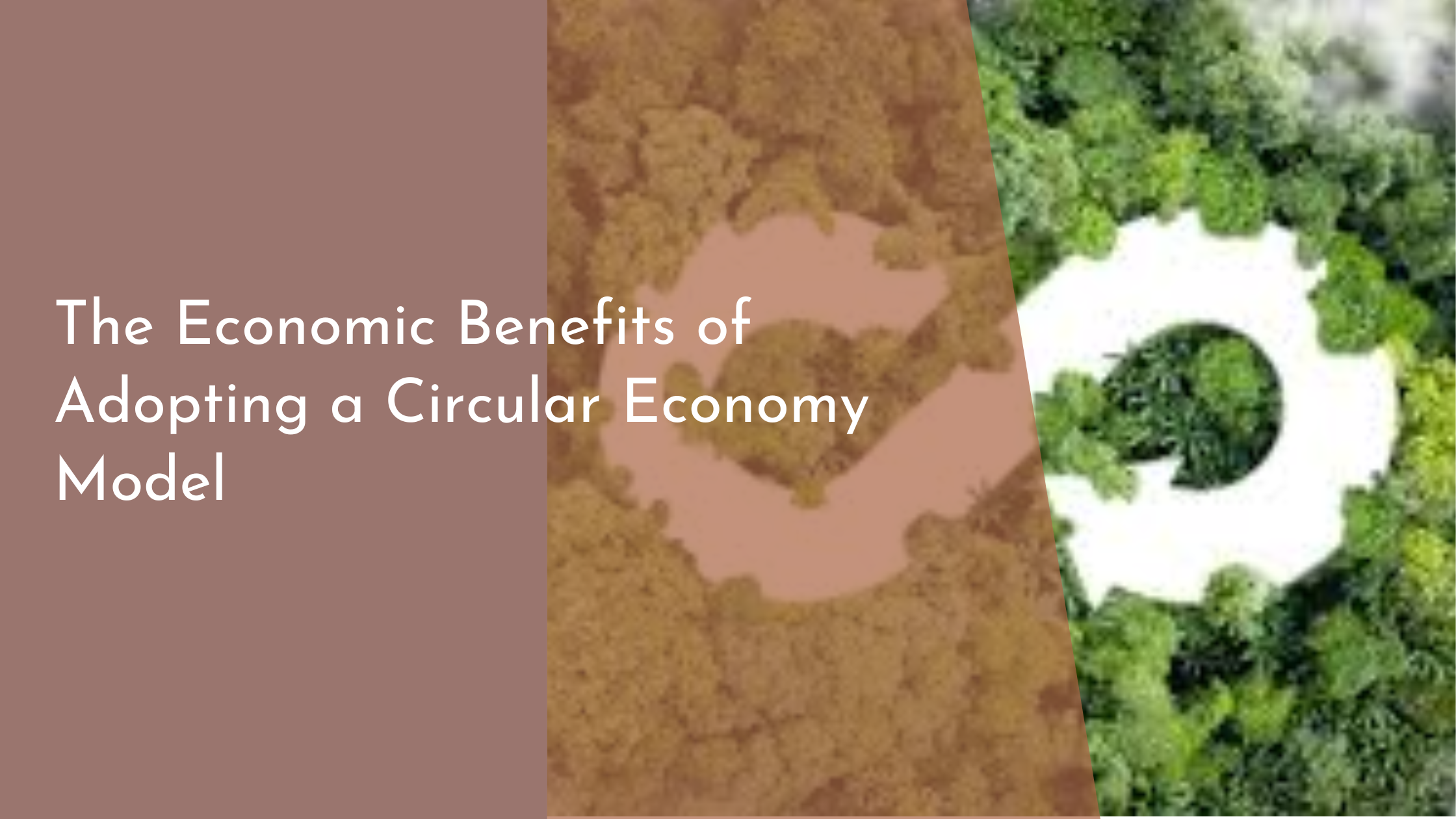The Economic Benefits of Adopting a Circular Economy Model
The economic landscape is constantly evolving, and one of the most promising shifts is towards a circular economy model. This innovative approach offers a sustainable alternative to the traditional linear model of “take, make, dispose.” By keeping resources in use for as long as possible, extracting maximum value from them, and then recovering and regenerating products and materials, a circular economy can drive economic growth and foster environmental and social benefits. Let’s dive into the economic advantages this model presents, and why businesses and governments should embrace it.
Understanding the Circular Economy Model
A circular economy represents a systemic shift from the traditional linear economy. In a linear model, resources are extracted, used to create products, and ultimately discarded as waste. This approach leads to resource depletion and environmental degradation, increasing costs and risks for businesses. In contrast, a circular economy aims to design out waste and pollution, keep products and materials in use, and regenerate natural systems. By rethinking and redesigning our approach to production and consumption, a circular economy promotes sustainable development.
Central to the circular economy is the idea of creating closed-loop systems where products are reused, repaired, refurbished, and recycled. This model can apply to various industries, including manufacturing, textiles, electronics, and agriculture. By transitioning to circular practices, businesses can reduce their dependency on raw materials, lower production costs, and decrease their environmental footprint. This not only benefits the planet but also ensures a more resilient and competitive economy.
Boosting Economic Growth with Circular Practices
Adopting a circular economy can significantly boost economic growth by unlocking new revenue streams and creating high-value business opportunities. Companies that embrace circular practices often find themselves at the forefront of innovation, discovering new ways to monetize residual waste streams, develop services like leasing or product-as-a-service, and enter new markets. By extending the lifecycle of products, businesses can tap into the growing demand for sustainable products and services, enhancing their brand reputation and customer loyalty.
Moreover, the circular economy can lead to cost savings and improved efficiency. By designing products that are easier to repair, upgrade, or recycle, companies can reduce production expenses and resource dependency. Additionally, by minimizing waste and optimizing resource use, businesses can mitigate risks associated with volatile commodity prices and supply chain disruptions, ensuring long-term profitability and stability. As a result, the circular economy not only supports corporate growth but also contributes to national economic resilience.
Job Creation and Innovation Opportunities
Transitioning to a circular economy presents vast job creation potential across various sectors. As businesses shift towards more sustainable practices, there is an increasing demand for skilled professionals in fields such as product design, repair, remanufacturing, and recycling. New roles will emerge in logistics and reverse supply chains, as well as in the growing sharing and service-based economies. As companies invest in these areas, they contribute to workforce development and community prosperity.
Innovation thrives in a circular economy, as it encourages companies to rethink traditional production and value chains. This stimulates research and development, leading to advancements in materials science, cleaner technologies, and digital solutions for resource management. By fostering a culture of innovation, the circular economy not only strengthens existing businesses but also paves the way for startups and entrepreneurs, creating a dynamic and competitive market landscape.
Embracing a circular economy is not just about environmental responsibility—it’s a strategic economic opportunity. By reimagining how resources are used and valued throughout their lifecycle, businesses and societies can realize significant economic benefits, from enhanced growth and resilience to job creation and innovation. As we strive for a more sustainable future, adopting a circular economy model is a crucial step towards achieving long-term economic prosperity and environmental well-being. Let’s embrace this transformative shift and work together to build a better, more sustainable world.

